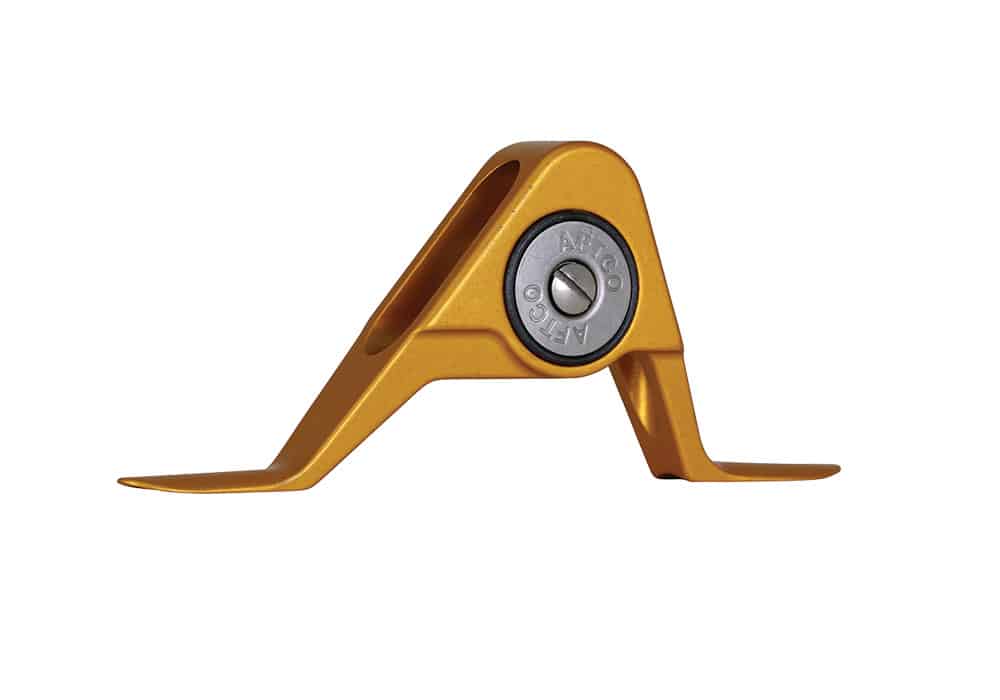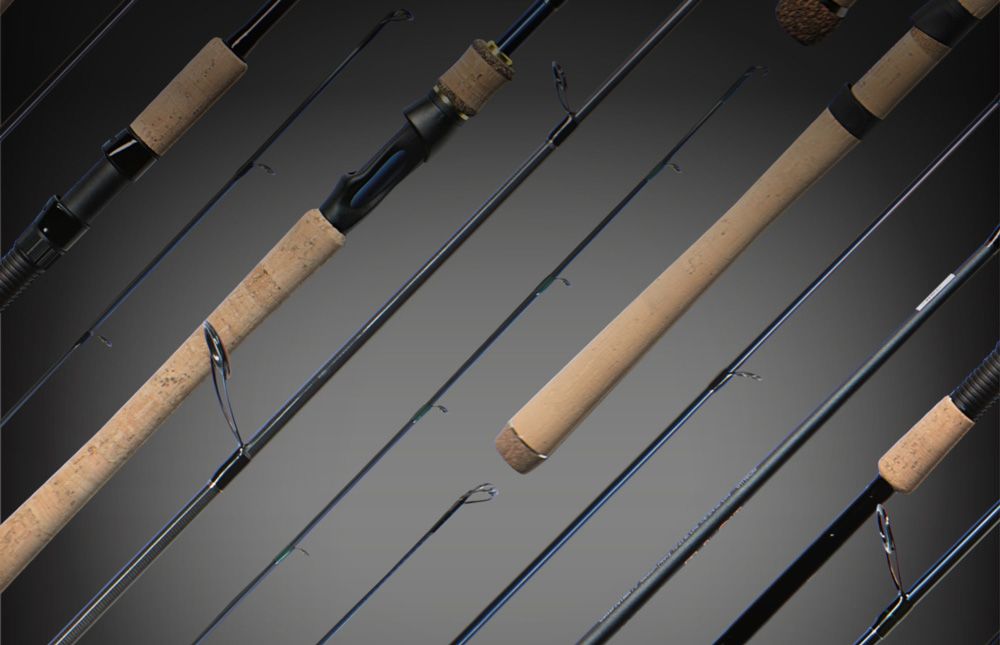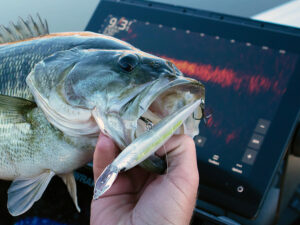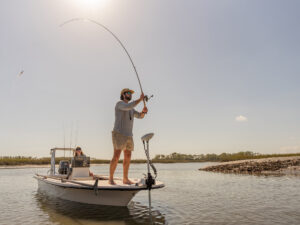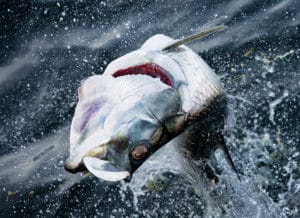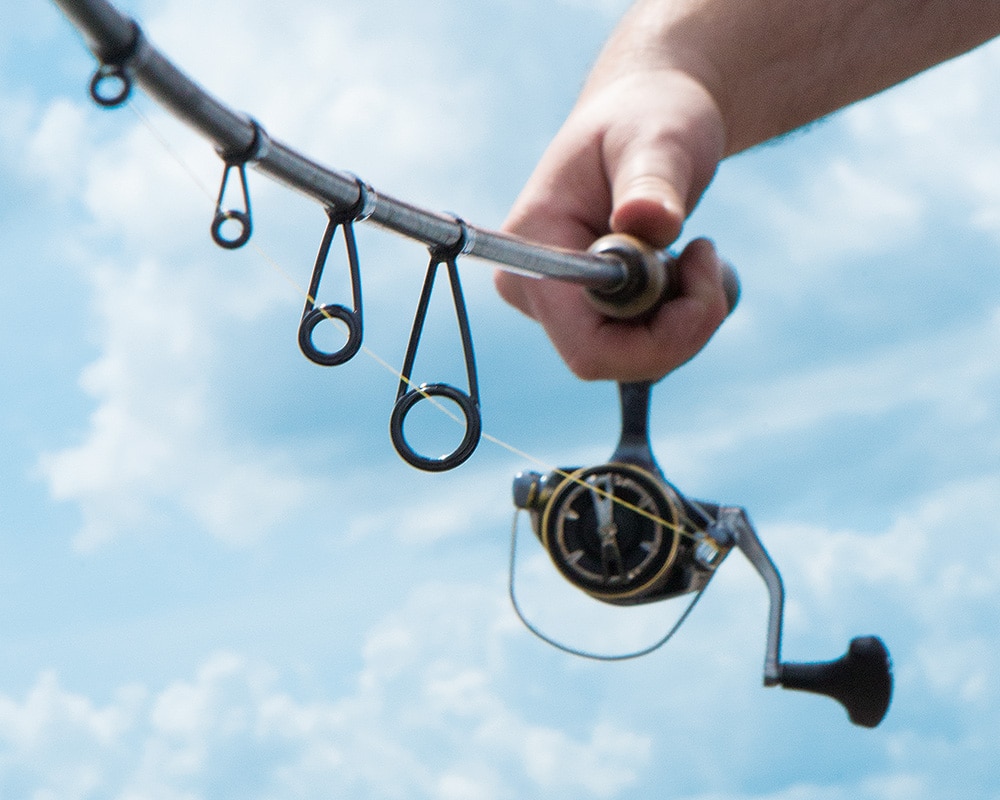
Rod guides and rod-guide inserts are vital components of your fishing rods. Major upgrades over the past decade increased performance via better sensitivity, better heat dissipation and lighter materials. Custom-rod builders are up-to-date with the latest trends, staying knowledgeable when buying new components. But for the rest of us, we likely need a refresher. Not because we plan on building a bunch of rods next month, but because we should understand the features, designs and parts of the rods we’re buying.
Current rod-building trends lean toward increasing guide-insert hardness to decrease friction for longer casts, and toward saving weight by lightening components, says Chris Adams, marketing and accounts manager with Mud Hole Custom Tackle in Oviedo, Florida.
“For an inexpensive rod, a stainless-steel guide frame with an aluminum-oxide insert is common,” says Adams. “Aluminum oxide has been around for 30 years, and it’s still used just about everywhere because of [the low] cost.” This ceramic ring is fine for braided lines, but the gauge of ring is thick and its weight heavy.
For the best performance relative to price, look to guides featuring CRB Elite, Fuji alconite or American Tackle Nanolite ceramic ring options, says Adams. Available for offshore rods, fly rods and everything in between, these lightweight eyes can take a beating just like aluminum oxide.
“I’d consider these guides the best bang for your buck,” says Adams. “Not too expensive, but still offer a significant performance advantage and are lighter than aluminum oxide by fractions of grams.”
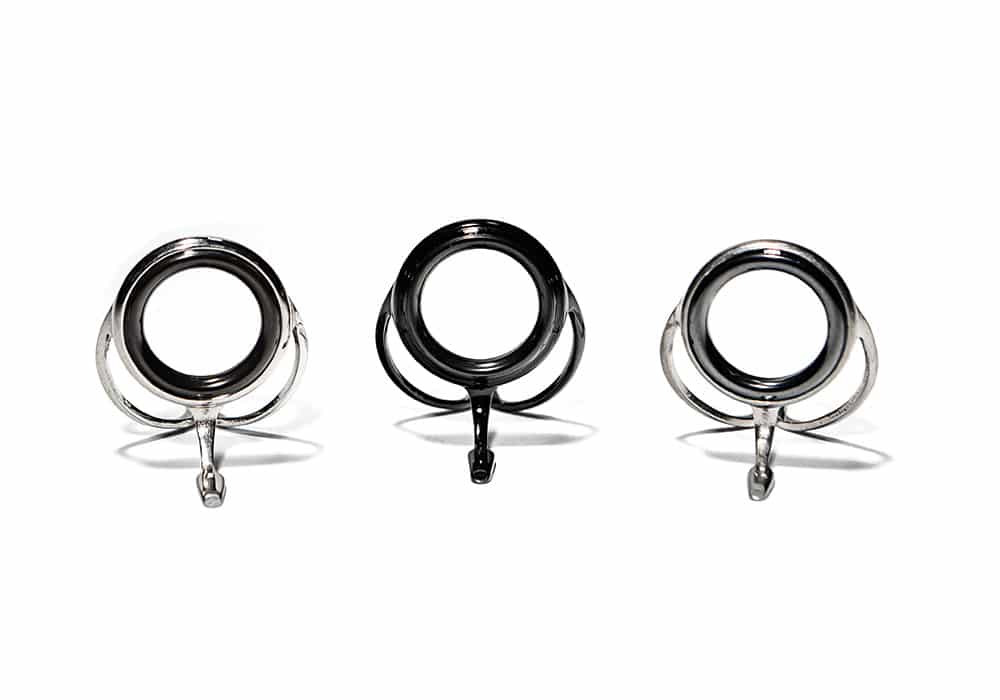
Typically, the guide frames for both aluminum oxide and other premium ceramic rings are built from stainless steel, although corrosion-free titanium is available with more premium inserts. Titanium is lighter and more rigid than stainless steel, making for a more sensitive rod feel. For anglers fishing in salt water, titanium is impervious to corrosion.
“Stainless steel is a softer metal that’s more forgiving, allowing an angler to bend the guide back in place as necessary,” says Adams. “If you treat your rod rough, titanium guide frames will likely [break] quicker.”
Titanium tip tops and guides often come available with inserts made from silicon carbide (SiC) and Fuji Torzite. A SiC and/or Nanolite insert is a thinner, lighter and harder material than alconite or aluminum oxide, used to better dissipate line heat, prevent wear and line grooves in the insert, and increase the rod’s sensitivity.
Fuji’s Torzite might be the ultimate insert with the highest price point. A Fuji K-series double-foot spinning guide in ring size 10 is $20; a stainless-steel alconite version is just $4. Fuji says the material is smoother and tougher than SiC, with better fracture resistance, higher polish and comparable strength in a narrower ring that’s 30 percent lighter.
Companies such as American Tackle, Fuji, Pacific Bay and relative newcomer CRB produce a full range of components to suit style, performance and budget. A little research into guide frames and inserts on your next rod purchase can go a long way in understanding how the components will affect fishing performance and feel.
New Rod Guide Design Concepts
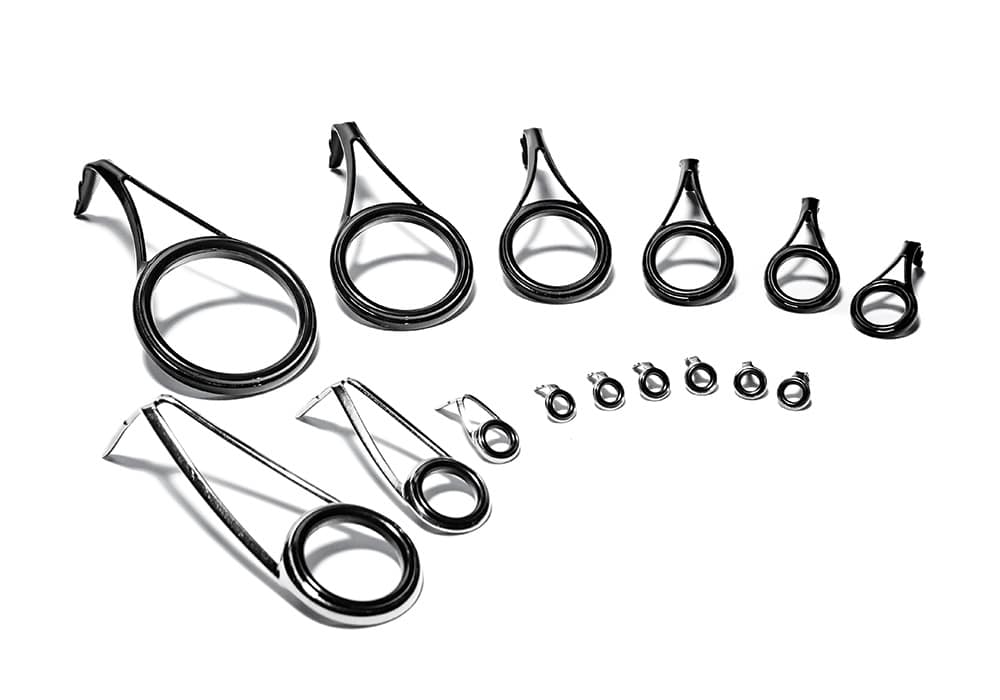
The old idea that in order to decrease friction in spinning rods a rod builder must increase insert size was proved false by innovations in micro guides.
“You don’t want the line loop [coming off the spool] to hit the rod,” points out Vic Cutter, vice president of sales at Pacific Bay International. “And you don’t want line to pile up before ever entering an initial rod guide.”
Fuji’s New Guide Concept (NGC) set out to improve overall rod performance by using lighter, smaller guides and depressed ring inserts, says Jim Ising, marketing director for Anglers Resource, the exclusive North American distributor of Fuji rod components.
The Fuji NGC system had major impacts on fishing by increasing casting distance and rod sensitivity, and reducing line twist, in part, by upping the number of guides on a rod.
“The real culprit in robbing distance is line slapping the rod on the cast,” says Ising. “More guides hold the line away from the blank. Because ‘line chaos’ leaving the spool can be much better controlled closer to the blank, smaller rings improve line flow and result in longer casting distance and increased accuracy from the angler.”
The NGC system eventually led to the Fuji KR Concept system, which recognized that guide height is the single most important factor in a small-ring reduction guide system. Smaller ring sizes in stripper guides and reduction guides improve control, casting and sensitivity, says Ising.
“Moving the line down and near the blank earlier effectively moves the choke point closer to the reel to eliminate the need for a fourth reduction guide, and instead requires an additional running guide,” he says. This process was named Rapid Choke by Fuji, and the company created specific KR Concept guides in KL-H, KB and KT series for the system. Many K-series guides enhance the effect of Rapid Choke with a 30-degree slope of the frame and ring.
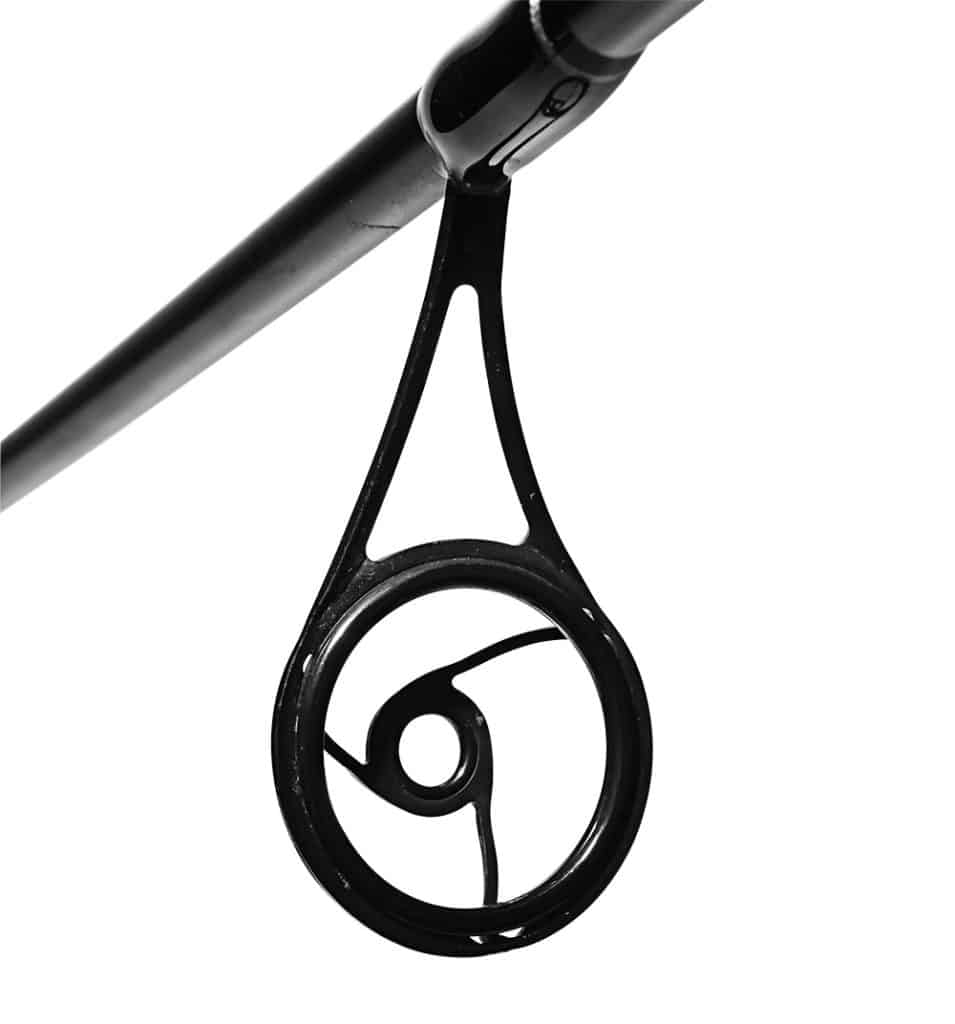
American Tackle’s MicroWave line-control rod-guide technology further advanced the theory laid out with the new concept system by incorporating the principle of rapid reduction into a singular guide.
“With the old cone-of-flight design, anglers lost so much energy in the loops that went out the guides,” says Adams. “Plus, there was more potential for line twists to accidentally wrap around the larger guides.”
The MicroWave guide system rapidly reduces the cone of flight by immediately bringing the line closer to the rod blank and removing line helixes via a unique stripper guide. On a 7-foot spinning rod, the stripper guide leads to a transition guide and then seven running guides, with the purpose of better accuracy and energy transfer of the line.
But there is a point when micro guides can get too small and have no additional benefits. For many fishing applications, knots must be able to pass through the guide inserts.
“Fuji’s smallest guide recommendation for any rod is a size 4, with sizes 5 and 5.5 recommended for heavier rods and saltwater applications,” says Ising.
Offshore Innovations in Roller Guides
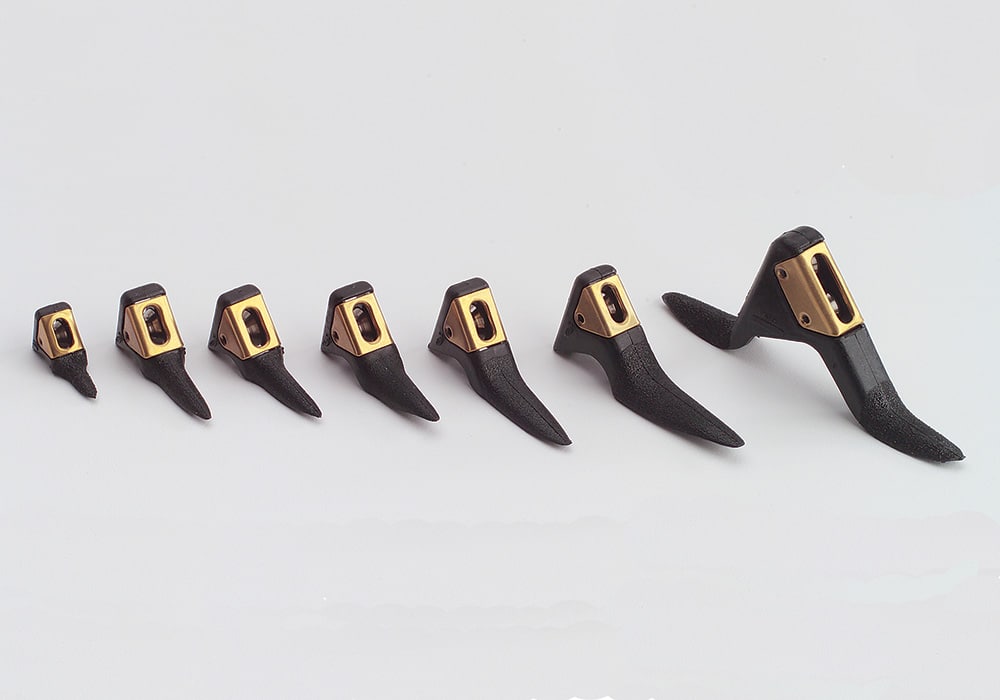
Two major trends in offshore roller guides come from opposite ends of the tackle spectrum.
For many years, big-game offshore anglers asked for guides with super-huge knot clearance and a frame built from billet aluminum. AFTCO recently introduced a new set of guides that fills those requirements called Super Extra Heavy Duty (SXHD) guides and matching tops.
“The SXHD guides and tips have .41-inch knot clearance, which is by far the most clearance I’ve seen in a roller guide,” says Greg Stotesbury, AFTCO’s tackle sales manager. “This guide’s clearance allows for super-heavy wind-on connections, green-stick rigging options and 330-pound Spro swivels to be wound right through the guides and onto the reel.”
The extra clearance was spurred by 130-pound-tackle anglers using new styles and rigs to target species such as giant bluefin tuna. “This fishery has developed a preference for complete winding of leaders, crimps and swivels onto the reel without the need to grab the leader and hand-wire the fish to the boat,” says Stotesbury.
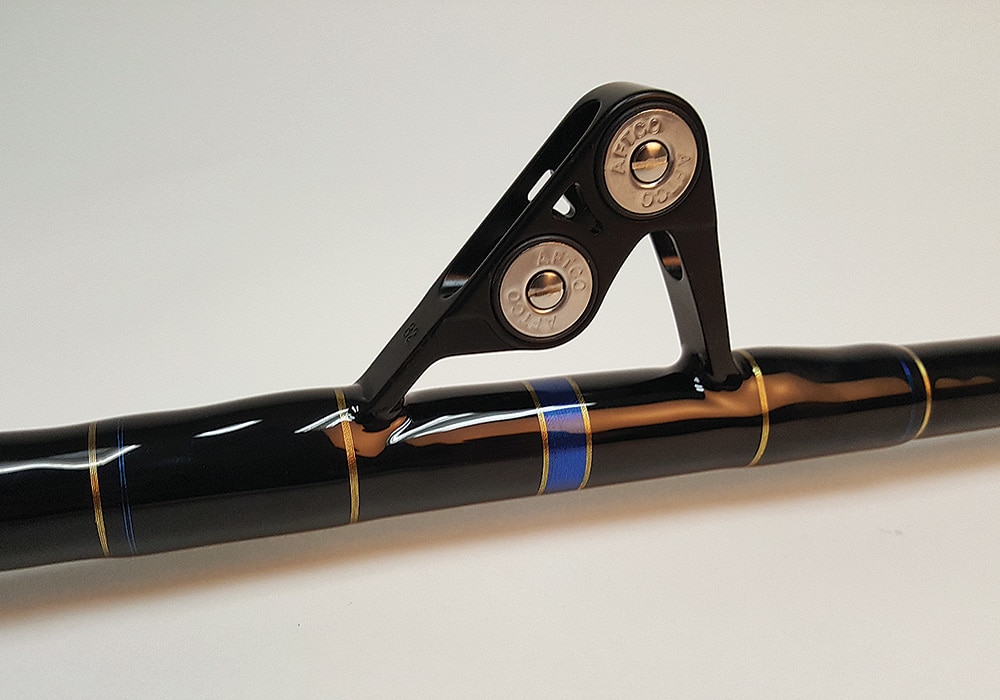
On the opposite end of the roller-guide spectrum, AFTCO produces lightweight (LW) roller guides designed to fish monofilament lines up to 30-pound-test or braided lines up to 65-pound-test.
“Our titanium roller and graphite-framed rollers are perfectly suited to fishing all kinds of braid and light mono line,” says Stotesbury. “They require zero maintenance and perform perfectly with all braided lines due to the lack of running friction.”
The LW rollers and tips are popular for king mackerel, smaller tuna, billfish and dolphin.
“Rod blanks are getting smaller and higher-modulus all the time,” says Stotesbury. “The LW rollers have feet that are designed to fit small-diameter blanks used to catch massive fish on super braids.
